Very charming composition with many pretty details such as the plaid placed on the table, the small bouquet of flowers in the vase, the yellow screen, the child's socks and even the missing slipper!
The canvas is signed at the top right A. Bonutto and located in Venice in 1881. It was probably exhibited at the National Exhibition in Milan in 1881.
Very good condition. Wooden and stucco frame (small repair to the frame).
Size with the frame 46x36 cm
Please do not take into account the grains of dust that can be seen very (too) well on the details in particular and which are due to the high definition of the photo.
Here is what can be found about the painter currently in the Dictionary of Italian Artists of the 19th Century:
"A genre painter and landscaper for whom there is no biographical information, Angelo Bonutto is documented by his participation in the national exhibitions of Milan in 1878 (A Little Theft, Sala del Senato and San Marco) and 1881 (The Housewife, Breakfast and THE LITTLE VIOLINIST), in that of Rome in 1883 (O vice o noia), in the General Exhibition of Turin in 1884 (After a Hangover) and in that of Venice in 1887 (Sala del Collegio and St. Mark's Basilica)".
And in an article following an exhibition on the painter in a gallery:
"The figurative context between the mid-nineteenth century and the first decades of the twentieth century is rich and varied, and still susceptible to study and improvement. This hypothesis is confirmed by the exhibition organized by the Pro Loco gallery in December 2013 dedicated to the work of Angelo Bonutto (Domanins, 1852 – Venice, 1933). they found the necessary organization at the Academy of Fine Arts in Venice, an institute attended with profit and recognition from 1869 to 1876. An intense and prestigious exhibition activity began in 1877 which saw Bonutto participate in exhibitions in the main cities of Italy, from Turin to Milan, from Venice to Rome via Florence. From the early years of the twentieth century, we can note the close friendship between the painter and representatives of Italian art of the time such as Alessandro Milesi and, above all, Cesare Laurenti. Bonutto, in addition to being a collaborator, became his trusted man. Such an artist, like his almost compatriot Jacopo D'Andrea di Rauscedo, whose pupil he was at the Academy of Venice, enjoyed success in the lagoon and shortly preceded the successes achieved in Milan by Angiolo D'Andrea. The aptitude for art that Angelo certainly had since his childhood was evident. The works, preserved for the most part in private collections, but also in Venice in the International Gallery of Modern Art Ca' Pesaro, testify to an artist undoubtedly worthy of being among the best painters of this period".




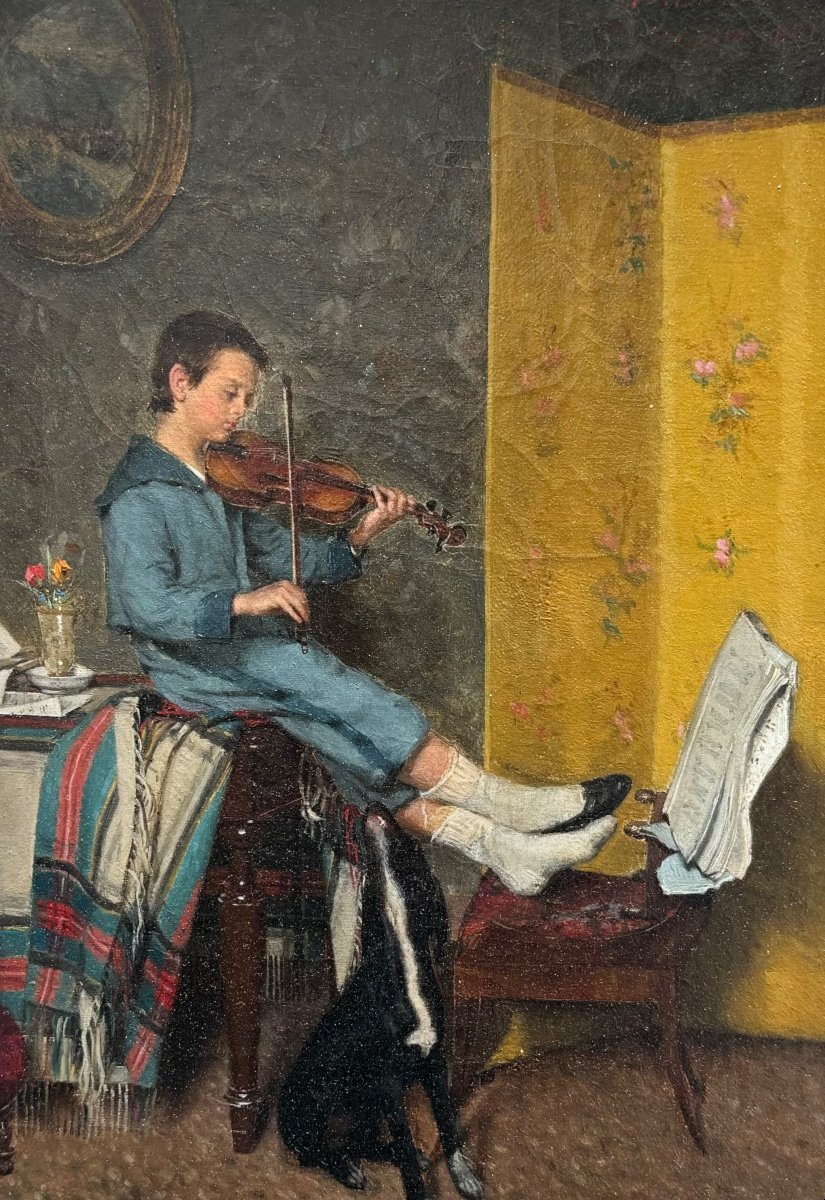








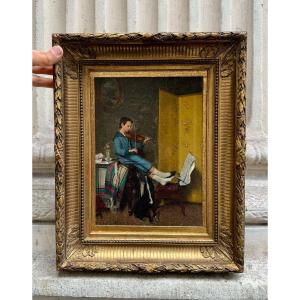












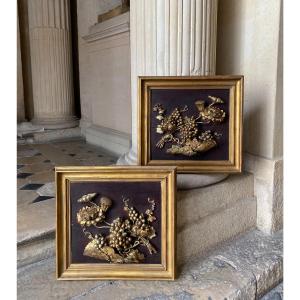



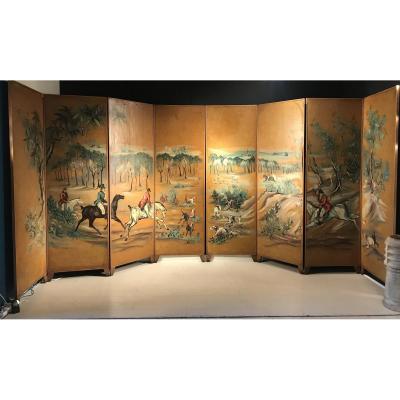


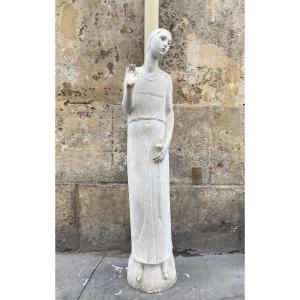


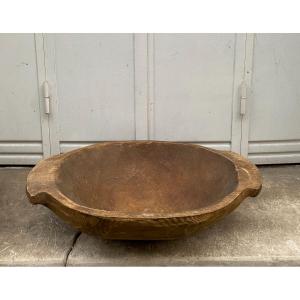

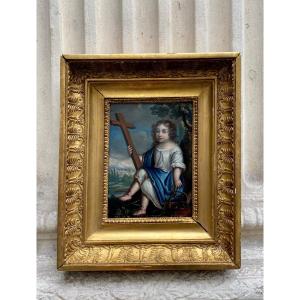

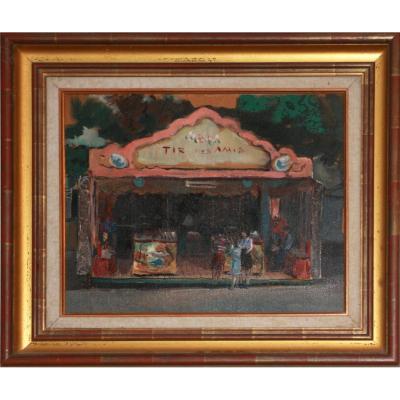

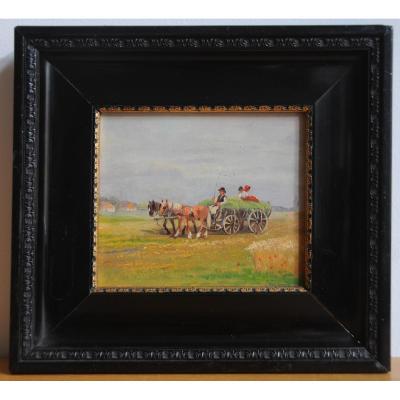





 Le Magazine de PROANTIC
Le Magazine de PROANTIC TRÉSORS Magazine
TRÉSORS Magazine Rivista Artiquariato
Rivista Artiquariato